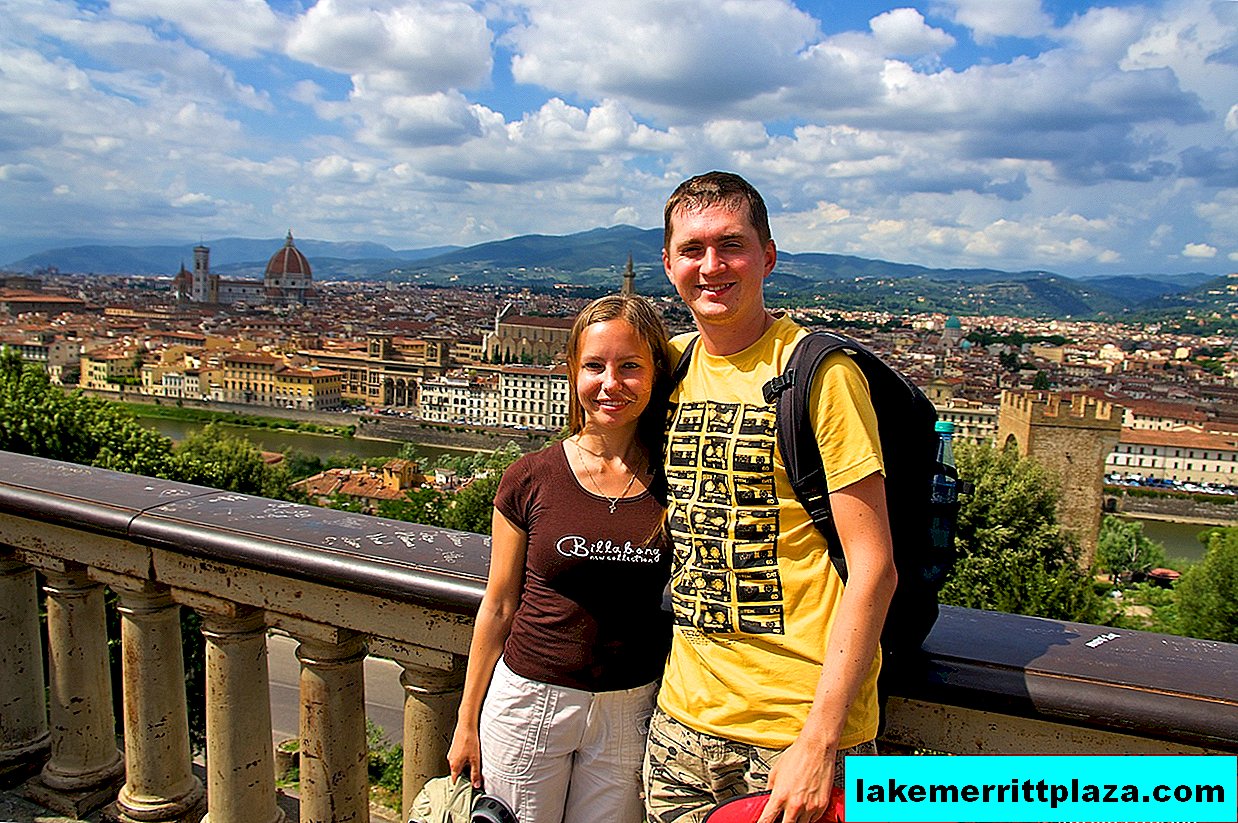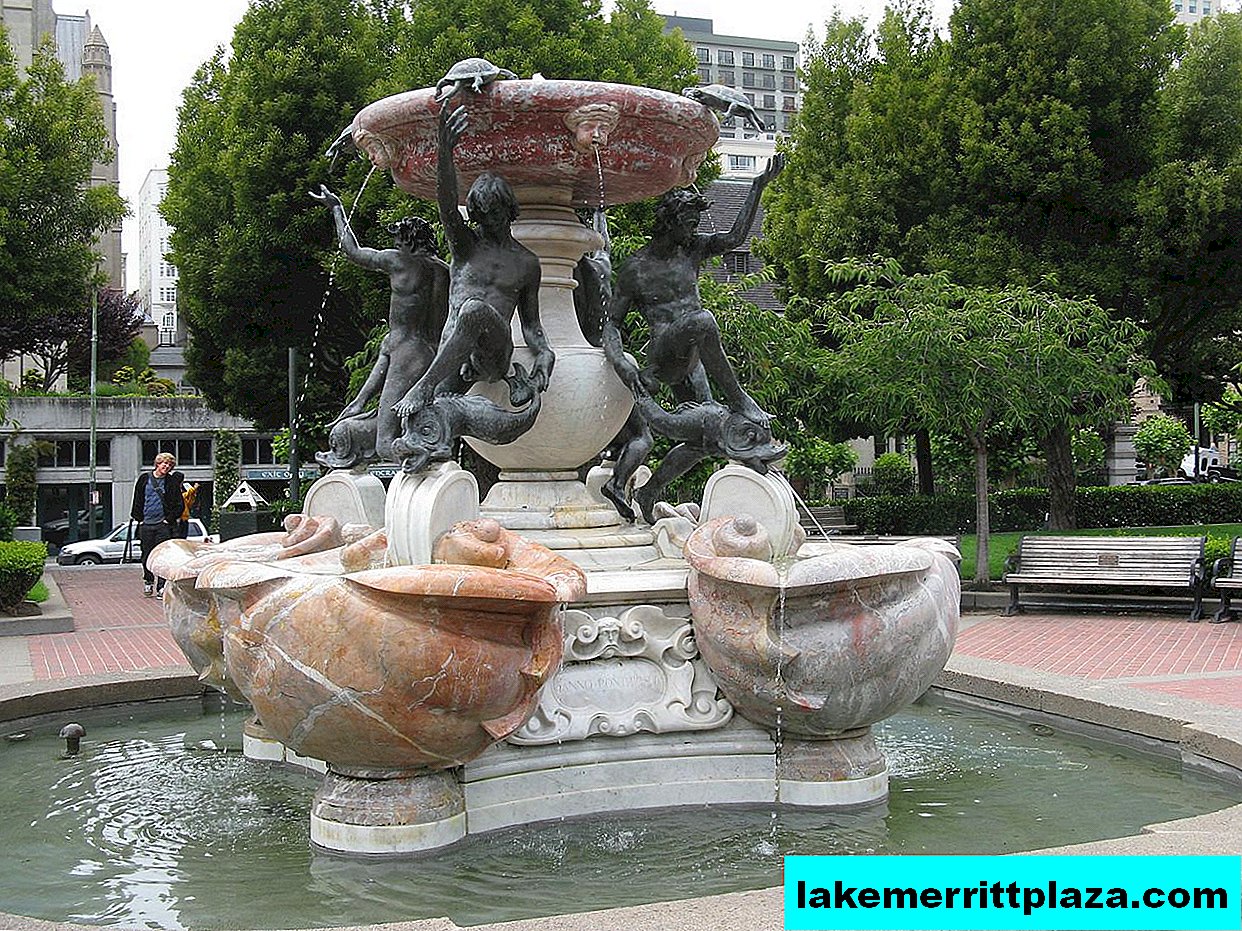Sorrento is a city of romantics immortalized in myths and sung in songs, a city of poets and writers, artists. It was here that Homer’s Odysseus was captivated by the magic voices of Sirens, Torquato Tasso, the author of the poem “Liberated Jerusalem”, lived and worked.

Sorrento - a romantic city you want to return to, photo by Bachspics
About city
Sorrento, in the Campania region, is surrounded by olive groves, on a plateau of steep, high cliff facing the sea. From ancient times he was praised by composers and poets; writers worked here, representatives of the crown families, politicians and philosophers rested. Artists captured the city on many romantic canvases. "Return to Sorrento!" - called in a cult Neapolitan song Mario Lanza, Robertino Loretti and other singers of the XX century. In this wonderful city, I really want to return again and again.
The story of Sorrento began with the Phoenician colony. The city was called "Sireon", it was a strategically important Greek port. In the 4th century BC Sireon passed to the Romans. Luxurious villas of aristocrats arose here in ancient times.

Sorrento, Been Around photo
Resort city
Sorrento became a world-famous resort in the 19th century. Representatives of European high society gathered here on the beautiful coast of the Gulf of Naples. The city was literally covered with chain hotels. This for some time reduced the prestige of the resort - the European elite began to choose other places. The popularity of Sorrento was negatively affected by several earthquakes that occurred at the beginning of the last century. However, today its attractiveness for recreation is again high.
Beaches

Beaches in the city, photo Julius V
A rich excursion program guests of Sorrento combine with a beach holiday. The swimming season is long: begins in May, lasts until the end of September. The beaches here are special - artificial, steep; for the convenience of bathers, piers descend to the warm water of the bay.
The most comfortable beach areas are located outside the city and on the islands. The popular beach in Meta di Sorrento consists of two zones: Marina di Alimuri, a sandy beach, and Spiagia di Meta, a pebble beach. There is everything for a good rest: clear water, changing cabins, sun loungers, a cafe with drinks and ice cream, volleyball courts.
Nature

Local liquor "limoncello", photo minioreocake
In the landscapes of Sorrento, the natural beauty of cliffs, hills and valleys is combined with man-made agricultural landscapes. The terraces are planted with vineyards, olives and orange trees. Huge wonderful fruits grow in Sorrento's lemon groves. Local classic liquor "Limoncello" is famous all over the world, and lemon is considered a symbol of the city. Connoisseurs of exquisite drinks bring Lacrima Christi - Tear of Christ from here.
Sights

Sorrento Cathedral, photo by Richard Amor Allan
The main attraction of Sorrento is the Cathedral or the Cathedral of San Giacomo and San Phillippo (Cattedrale dei Santi Filippo e Giacomo), which is located on the main street of Via Corso, built in the 11th century, and reconstructed in the Gothic style in the 19th century.

St. Basilica Antonio, photo by Jeff Goldberg
In St. Antonio Square stands the baroque basilica of St. Antonio (La chiesa di Sant'Antonino), which was traditionally visited by sailors before going sailing.

Tasso Square, photo by Dennis Jarvis
The statue of St. Anthony is located in Tasso Square (piazza di Tasso), there is also a monument to the poet Torquato Tasso - a native of Sorrento. From Tasso Square begins the main shopping street of Sorrento - Via Corso.

Church of St. Francesco, photo Armando Mancini
São Paulo Monastery has existed since the 9th century; the white stone church of St. Frances with flower galleries was built in the 18th century. In the courtyard of the Church of St. Francesco (Chiesa di San Francesco), which has retained its appearance since the 13th century, the Estate Musicale Sorrentina festival, Sorrento's Musical Summer, is held every year.

The ruins of an antique villa of the 1st century BC. Bagni della Regina Giovanna, photo by Gaetano Astarita
Near the city there is an archaeological monument - the ruins of an antique villa of the 1st century. BC, Bagni della Regina Giovanna (Bagni della regina Giovanna).

Villa Fiorentino Photo Coldpix
Sorrento has preserved several ancient palaces: the Arab-Byzantine palazzo Veniero, the baroque Koreale (Palazzo Correale), and the Archivescovile palace, surrounded by a protective wall.
Kitchen

Mediterranean dish, photo fotofrysk
The city has many bars, cafes, restaurants - most of the establishments are located on Via Corso. Fish restaurants are concentrated at the port of Marina Piccola. Sorrento knows how and love to cook pasta, seafood, serves only the freshest fish, makes wonderful ice cream.
Where to go from Sorento

Amalfi, photo by Rotraud Weiss
Hundreds of thousands of modern tourists visit this small resort town every year. It is cozy here, there is no particular fuss on the coast. Sorrento is considered a popular holiday destination both among foreign guests and among Italians themselves. From here you can go to Amalfi, visit Pompeii, Positano, Naples and Herculaneum, see Vesuvius, take a ferry to the islands of Ischia, Procida, Capri.
How to get to Sorrento
Getting to Sorrento is better from Naples. It is only 50 km.
By Curreri buses that depart 6 times a day.
By train from Napoli Centrale Station, from where the Chirkumvesuviana train departs. Two trains run to Sorrento every hour.
By boat or by ferry, which depart from the Naples port of Molo Beverello.
How do I save on hotels?
Everything is very simple - look not only at the booking. I prefer the search engine RoomGuru. He is looking for discounts at the same time on Booking and on 70 other booking sites.








